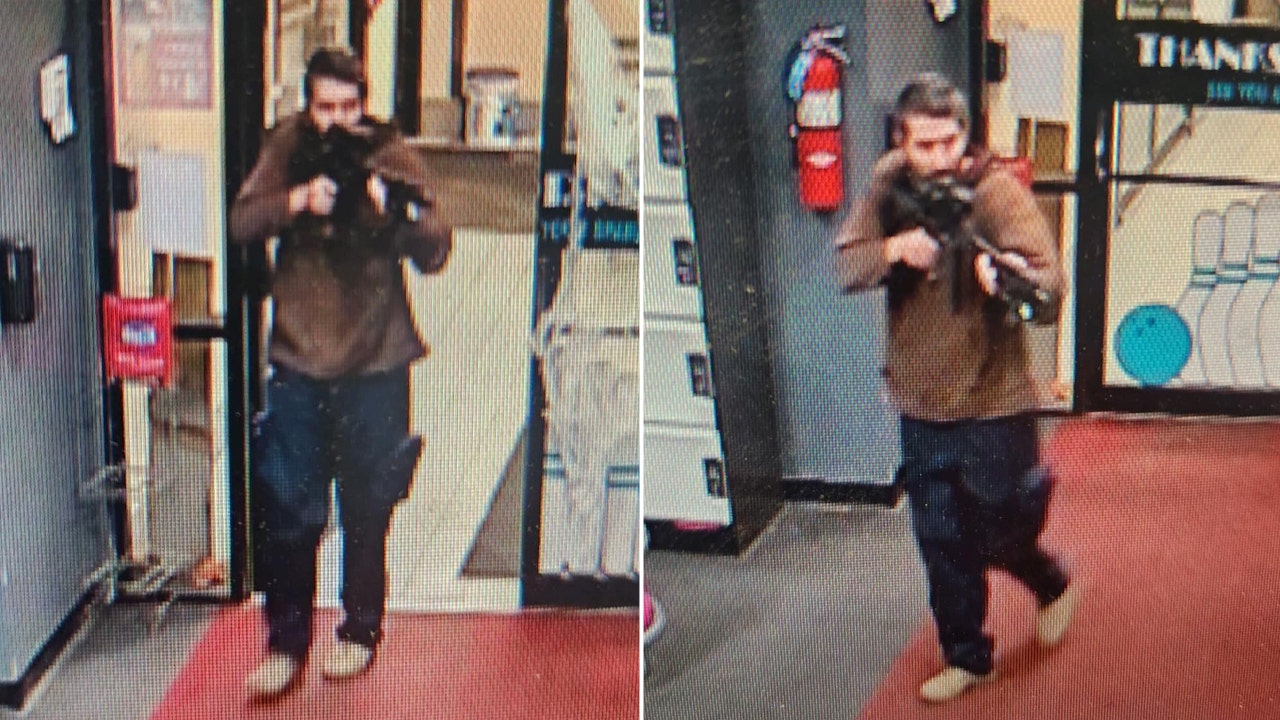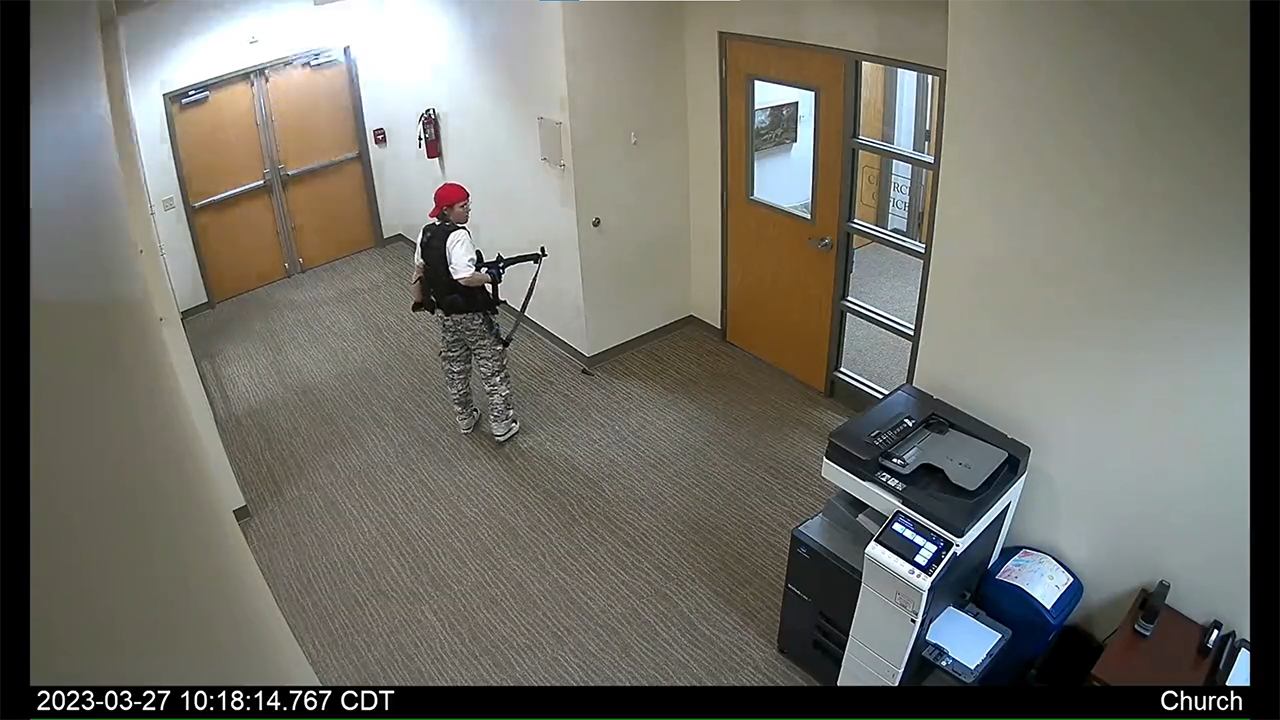It started with a brazen act in the heart of Manhattan.
After dusk on a frosty evening at the Central Park Zoo, someone shredded the mesh on an enclosure that was home to a Eurasian eagle-owl named Flaco.
Before long, Flaco was spotted a few blocks away on Fifth Avenue. Nobody knew where this bird with fiery orange eyes had come from, and soon he was off to a tree by the Pulitzer Fountain, outside the Plaza Hotel. A tourist with wings.
Call it an escape, a release, a departure, a crime — Flaco was free. Could he fend for himself after a lifetime in captivity?
A year later, the answer is definitely yes. He has spent most of his time in Central Park, though he has wandered all over Manhattan, peering into apartment windows with his striking eyes.
‘Freaked Out’
Edmund Berry was heading home to the Upper West Side late on Feb. 2, 2023, when he saw a picture on Twitter of an owl on a sidewalk. An avid birder, he got off the subway at Columbus Circle and headed toward Fifth Avenue near East 60th Street, ready to help.
He did not initially recognize Flaco, whom he knew from trips to the zoo with his daughter to visit the penguins. Mr. Berry had always paused for a look, thinking Flaco’s life seemed lonely and sad.
On this night, he saw Flaco bathed in flashing red lights next to a small pet carrier as police officers looked on. When they dropped a larger carrier nearby, Flaco spread his wings and flew off toward the Plaza.
He hatched in captivity at a North Carolina bird park on March 15, 2010, and soon arrived at the Central Park Zoo. Within a short time, Flaco was “adjusting very well to his new home,” the Wildlife Conservation Society, which runs the zoo, said in a news release.
He was far from his natural home: Eurasian eagle-owls, known by the scientific name Bubo bubo, are apex predators typically found in much of continental Europe, Scandinavia, Russia and Central Asia. They are among the world’s largest owls, with a wingspan of up to six feet, and thrive in mountains and other rocky areas near forests, swooping down at night to hunt rodents, rabbits and other prey. But they have also been known to hang out in cities, where terraces, windowsills and rooftops resemble the cliff ledges they are used to.
Now, out on the Manhattan streetscape, Flaco appeared lost. Karla Bloem, the executive director of the International Owl Center in Houston, Minn., said he looked “freaked out” and “terrified” in pictures from that first night and the following days.
Over the next couple of weeks, though, as he settled into the park and eluded the zoo’s efforts to retrieve him, Ms. Bloem detected a transformation in his pictures.
“His ear tufts are down,” she said. “He’s puffier. He was certainly getting comfortable with his surroundings.”
On the Hunt
For a while, zoo workers tried to lure Flaco back using traps baited with dead rats, but he was unmoved. He learned to hunt his own food instead. The proof: a pellet of undigested rat fur and bone he coughed up one day.
He was lucky. Central Park was a “target-rich environment,” in the words of James Eyring, a falconer and a retired Pace University environmental sciences professor.
“When they see that movement, that herky-jerky movement that rodents have, I mean, that’s like passing by the McDonald’s arches,” Mr. Eyring said.
Flaco became a fixture in and around the North Woods and the Loch, hunting nearby at a compost pile and a construction site where internet pictures of him hang in a trailer.
It was an efficient life, said David Lei, a birder and photographer who has followed him closely.
“He would sleep at the compost heap, wake up, hop over a few trees to a favorite perch and then hunt for rats,” Mr. Lei said.
But around Halloween, Flaco left Central Park. Perhaps it was seasonal wandering or part of the biological impulse to breed — an impulse he can’t satisfy.
There are no female Eurasian eagle-owls in New York, and so for Flaco, no potential mates. Some people have suggested a possible match with Geraldine, a female great horned owl, a related species, who had established residence in the park by the time Flaco showed up. Not impossible, experts said, but not desirable, and she has not been seen in the park for a while.
The Romeo and Juliet of birds.
The sex therapist Dr. Ruth Westheimer, who was recently appointed as New York’s loneliness ambassador, lamented Flaco’s fate. “Flaco is limited in his choices by Mother Nature,” she said in an email, “though he’s not giving up, flying all over New York to find companionship.”
He has been heard hooting from rooftops and water towers across the Upper West Side, sometimes calling out into the post-midnight darkness for hours to establish his territory and possibly woo a mate. Maybe he would settle for a friend.
“I admire Flaco because he had a big dream, he believed in himself and he followed his heart,” Big Bird, a longtime Manhattanite, said in an email. “Flaco, if you ever read this, I hope you’ll fly on over to Sesame Street for a visit. My nest is your nest!”
Making His Way Downtown
Eurasian eagle-owls are not migratory birds, but they can cover a good distance, usually in a series of short flights. And for a species that soars to 10,000 feet, life amid the Manhattan skyline would hardly be daunting.
In exploring the city from on high, Flaco has plenty of company and plenty to see. Charles Semowich, who plays the carillon inside the 392-foot tower at Riverside Church, said he hears occasional screeching outside his window. Apparently, an eagle lives in the tower somewhere.
Jason Chadee and Conrad Lazare, union ironworkers with Locals 40 and 361, have encountered falcons and hawks as they’ve shaped the city’s skyline. Mr. Chadee said it was peaceful and beautiful up high with just the city lights, the wind and his thoughts. Mr. Lazare called it a “safe space” away from everything below.
The streets pose an acute threat for Flaco, with all of the cars and trucks. Gladys, a female Eurasian eagle-owl who escaped from a Minnesota zoo in 2022, died a few weeks later after she was apparently hit by a vehicle.
On Nov. 14, Flaco found a safe space outside Nan Knighton’s apartment on Fifth Avenue, planting himself on a windowsill and peering inside.
Ms. Knighton was enthralled; she had not heard about Flaco. Worried that he might be in distress, she called around unsuccessfully to see whether someone might come to take him.
“I think he’s at a point now where the city is his domain,” she said. “And he feels confident, and he’s curious, and he’s enjoying himself.”
Marjon Savelsberg, a Dutch owl researcher, said the wild Eurasian eagle-owls she studies would not behave the same way. “They stay away from humans as much as possible,” she said.
There were exceptions, she noted, including extreme cases involving males who have been raised domestically and identify more closely with humans than with owls. If released, they may try to mate with people.
“They land on people’s heads,” Ms. Savelsberg said. “Doesn’t happen often. We had one case a few years ago.”
‘Just a Matter of Time’
Since November, Flaco has been mostly out of the park and the public eye, roaming from the West 70s to the West 90s, from Central Park West to West End Avenue. Birders like David Barrett, who runs the Manhattan Bird Alert account on the social media site X, have monitored his every move.
During daylight, Flaco camps out in apartment building courtyards, sleeping in seclusion where he is warmer and out of the wind. As impressive as his survival has been, his future is not guaranteed. Rat poison is probably the biggest threat as he roams. Because of poison restrictions in the park, he is safest eating there.
“I frankly find the whole situation unfortunate,” said Scott Weidensaul, the author of the Peterson Reference Guide to Owls, adding, “It’s really just a matter of time before something bad happens.”
D. Bruce Yolton agrees, although he would be happy to be proved wrong.
Mr. Yolton, a birder and a blogger, has followed Flaco since he saw him the night he got out. He believes Flaco has not been served well by many people, including those who make light of his release or ignore the danger he faces.
Eurasian eagle-owls live about 20 years in the wild on average. Their life span in captivity can be double that or more. Mr. Yolton would prefer that Flaco retire to a spacious sanctuary.
Whoever set him loose in the first place remains at large, too. The investigation is continuing, the police said.
Flaco’s former enclosure was empty this week. There are no plans to reuse it. He is no longer listed among the zoo’s animals, although an image of an owl indicating where Flaco once lived is still on a map outside the zoo.
The conservation society said in a statement that it had been monitoring Flaco and appreciated the public’s concern for his well-being. “As noted previously, we are prepared to resume recovery efforts if he shows any sign of difficulty or distress,” the statement said.
Mary Aaron thought she might have seen a sign of distress around midnight on Jan. 11. She was at home in her 20th-floor apartment on Central Park West near 97th Street when she heard hooting coming from her balcony.
She called the police at the 24th Precinct and said she thought an owl might need help.
“Is that that famous big owl that’s flying around?” an officer said.
Two officers arrived a short time later and shooed the owl away by shining a flashlight in its eyes, Ms. Aaron said.
The police confirmed that officers had responded to a call about an owl at Ms. Aaron’s address. They could not say whether it was Flaco. (Owls do not carry ID.)
There was one telling detail: The owl in question “had a large wingspan.”






